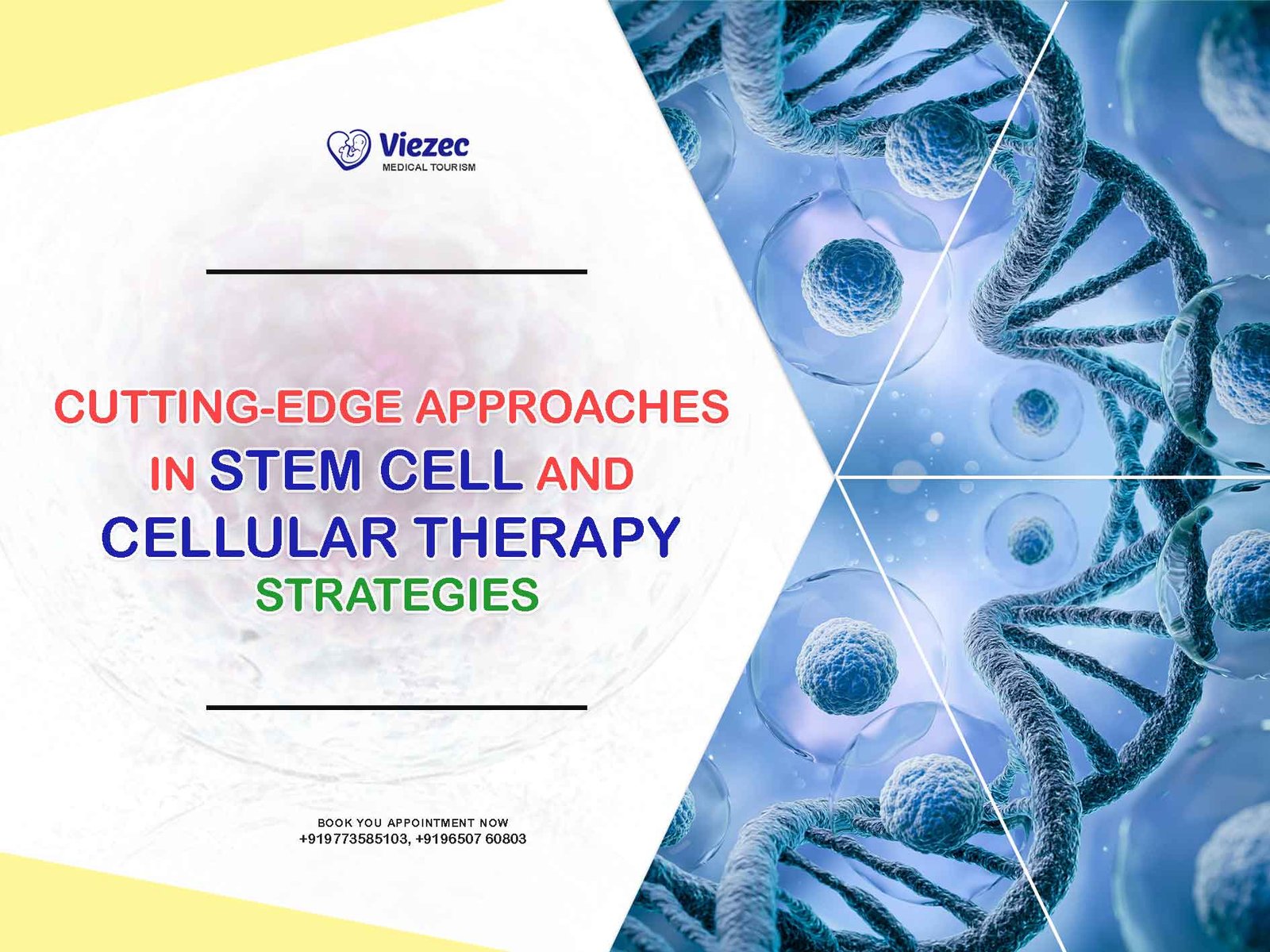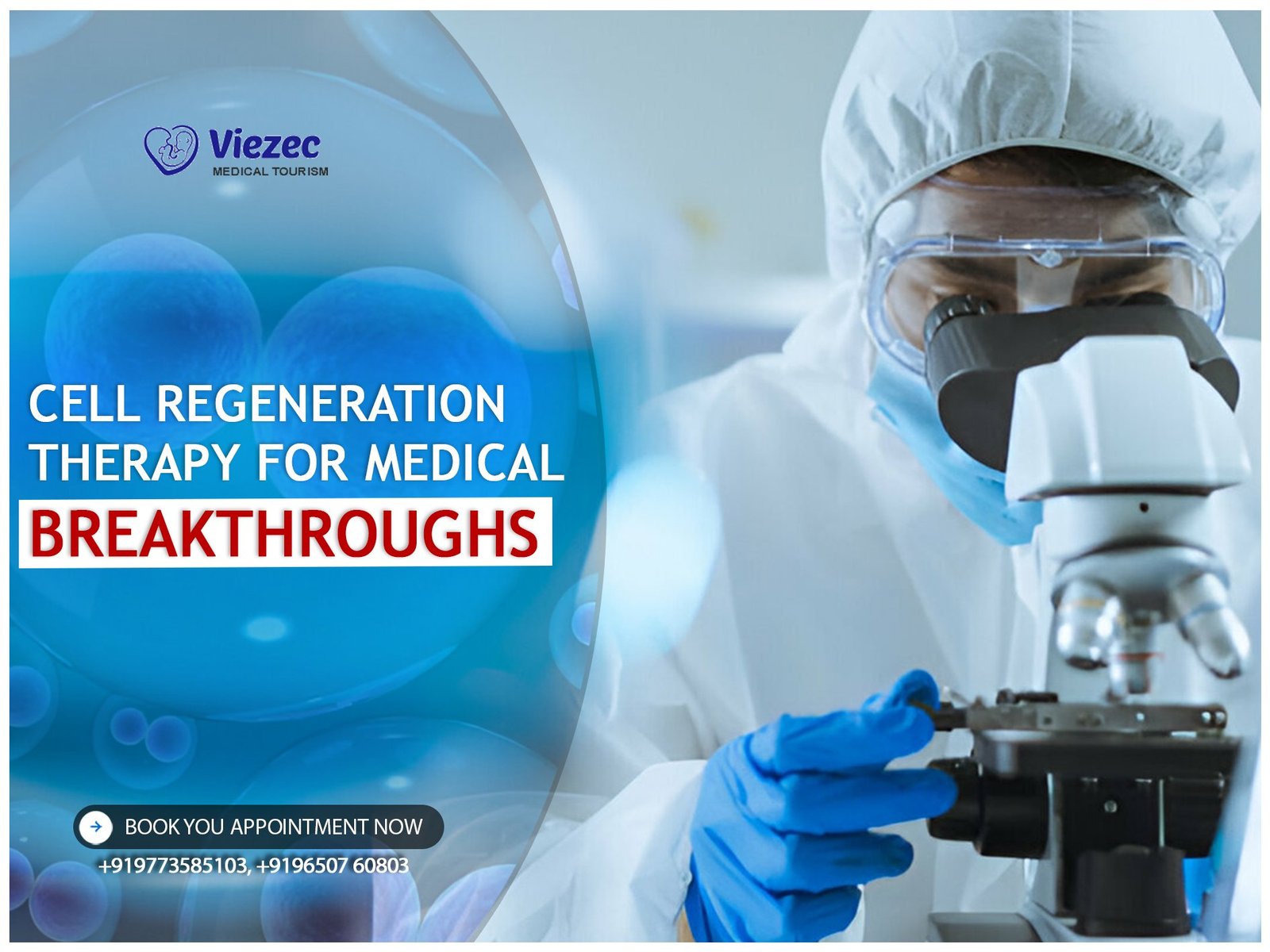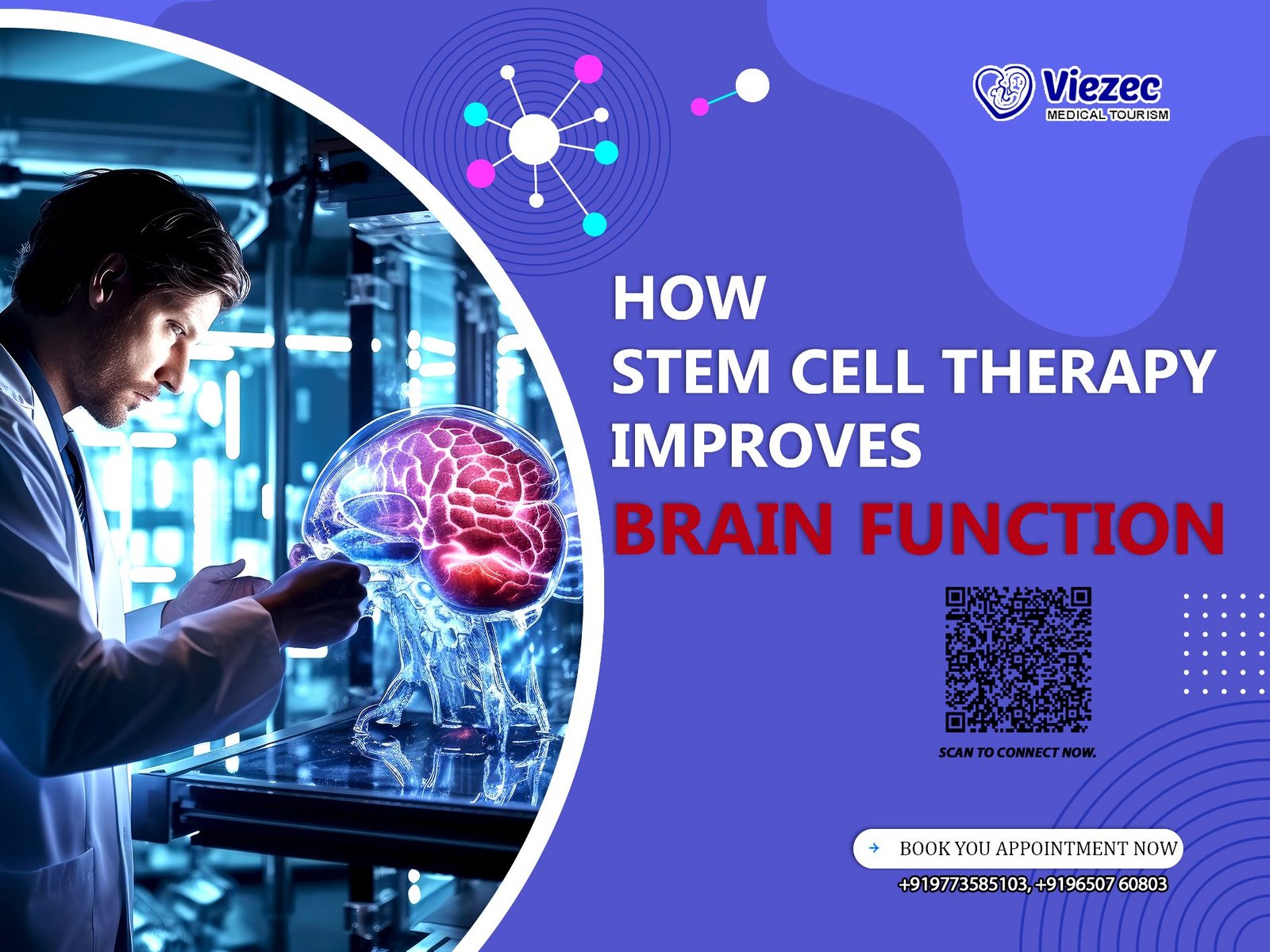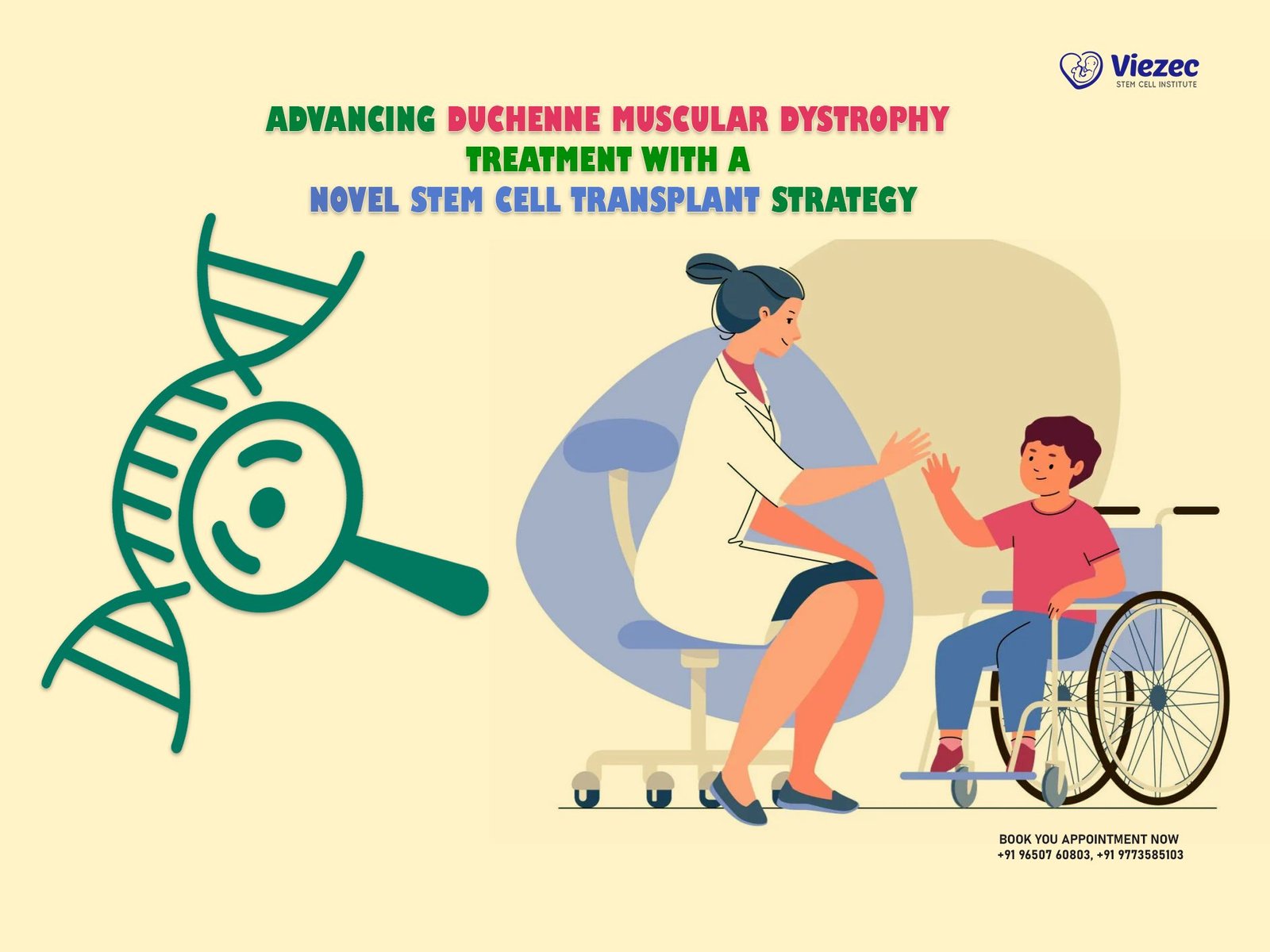Stem cell and cellular therapy have emerged as promising fields in regenerative medicine, offering potential solutions for various diseases and injuries that were once considered incurable. Stem cells possess unique abilities to self-renew and differentiate into various cell types, making them invaluable for tissue repair and regeneration. In recent years, significant advancements have been made in understanding stem cell biology and developing innovative cellular therapy strategies. This article explores cutting-edge approaches in stem cell and cellular therapy, highlighting their potential applications and future prospects.
Understanding Stem Cells
Types of Stem Cells
Stem cells are broadly classified into two main types based on their origin and differentiation potential: embryonic stem cells (ESCs) and adult stem cells.
- Embryonic Stem Cells (ESCs): Derived from the inner cell mass of early-stage embryos, ESCs are pluripotent, meaning they can differentiate into cells of all three germ layers: ectoderm, mesoderm, and endoderm. ESCs hold immense potential for regenerative medicine due to their versatility and capacity for extensive proliferation.
- Adult Stem Cells: Also known as somatic or tissue-specific stem cells, adult stem cells are found in various tissues and organs throughout the body. Unlike ESCs, adult stem cells are multipotent or sometimes unipotent, with a limited ability to differentiate into specific cell types related to their tissue of origin. Examples include hematopoietic stem cells (found in bone marrow) and mesenchymal stem cells (found in bone marrow, adipose tissue, and other connective tissues).
Induced Pluripotent Stem Cells (iPSCs)
Induced pluripotent stem cells (iPSCs) are generated by reprogramming adult somatic cells, such as skin cells, into a pluripotent state. This groundbreaking technique, pioneered by Shinya Yamanaka and his team in 2006, involves the introduction of specific transcription factors that induce the expression of pluripotency-associated genes. iPSCs closely resemble ESCs in their properties and differentiation potential, offering a potentially limitless source of patient-specific stem cells for regenerative therapies.
Cutting-edge Approaches
Gene Editing Technologies
Recent advancements in gene editing technologies, particularly CRISPR-Cas9, have revolutionized the field of stem cell research and cellular therapy. CRISPR-Cas9 enables precise modification of the genome by targeting specific DNA sequences and introducing alterations, such as gene knockout, insertion, or correction. In the context of stem cells, CRISPR-Cas9 has been used to elucidate gene function, model genetic diseases, and engineer cells for therapeutic applications. Researchers are exploring its potential to enhance the efficacy and safety of stem cell-based therapies by addressing genetic abnormalities and optimizing cellular functions.
Organoid and Tissue Engineering
Organoids are three-dimensional miniaturized versions of organs generated in vitro from stem cells or organ-specific progenitor cells. These miniature organ-like structures recapitulate key aspects of organ development and function, offering valuable models for studying disease mechanisms and drug responses. Organoid technology holds promise for personalized medicine and regenerative therapies, allowing researchers to culture patient-derived cells into organoids for disease modeling and drug screening.
Tissue engineering combines stem cells with biomaterials and bioengineering techniques to create functional tissues and organs for transplantation. Scaffold-based approaches provide a supportive framework for cell growth and organization, facilitating the construction of complex tissue structures. By harnessing the regenerative potential of stem cells, tissue engineering aims to develop implantable constructs capable of repairing or replacing damaged tissues and organs. Ongoing research focuses on enhancing the vascularization and integration of engineered tissues to improve their clinical outcomes.
Exosome Therapy
Exosomes are nanosized extracellular vesicles secreted by various cell types, including stem cells. These membrane-bound vesicles contain a cargo of proteins, lipids, and nucleic acids, which play crucial roles in intercellular communication and tissue homeostasis. Exosomes derived from stem cells exhibit regenerative properties and have emerged as promising therapeutic agents for tissue repair and regeneration. Unlike cell-based therapies, exosome therapy offers several advantages, including easier storage, transportation, and reduced risk of immune rejection. Researchers are investigating the therapeutic potential of stem cell-derived exosomes in treating a wide range of conditions, including cardiovascular diseases, neurodegenerative disorders, and tissue injuries.
Applications in Disease Treatment
Neurological Disorders
Stem cell-based therapies hold significant promise for treating neurological disorders, such as Parkinson’s disease, Alzheimer’s disease, and spinal cord injuries. Preclinical studies have demonstrated the ability of stem cells to differentiate into neuronal cells and replace damaged or degenerated tissues in animal models. Clinical trials are underway to assess the safety and efficacy of stem cell transplantation in patients with neurodegenerative conditions, with some early-stage trials showing encouraging results in terms of symptom improvement and disease modification.
Cardiovascular Diseases
Heart disease remains a leading cause of morbidity and mortality worldwide, necessitating the development of innovative therapeutic strategies. Stem cell therapies, including the transplantation of cardiac progenitor cells, mesenchymal stem cells, and induced pluripotent stem cell-derived cardiomyocytes, offer potential approaches for repairing damaged cardiac tissues and improving heart function. While early clinical trials have shown mixed results, ongoing research aims to optimize cell delivery methods, enhance cell retention and engraftment, and overcome immunological barriers to improve the outcomes of stem cell-based treatments for cardiovascular diseases.
Orthopedic Injuries
Musculoskeletal injuries and degenerative conditions, such as osteoarthritis and bone fractures, pose significant challenges to healthcare systems worldwide. Stem cell-based approaches, including the use of mesenchymal stem cells and growth factor therapies, hold promise for promoting tissue regeneration and enhancing the healing process in orthopedic injuries. Clinical trials have explored the efficacy of stem cell transplantation in promoting bone and cartilage repair, with some studies reporting improvements in pain relief, joint function, and tissue regeneration. However, further research is needed to optimize cell delivery methods, dosing regimens, and patient selection criteria to maximize the therapeutic benefits of stem cell-based interventions in orthopedic medicine.
Technological Advancements
The field of stem cell and cellular therapy continues to evolve rapidly, driven by ongoing technological advancements and scientific discoveries. Future directions in stem cell research and regenerative medicine may include:
- Precision Medicine: Tailoring stem cell therapies to individual patients based on their genetic makeup, disease profile, and clinical characteristics.
- Biofabrication: Advancing tissue engineering techniques to create complex, vascularized tissues and organs for transplantation.
- Immune Engineering: Modulating the immune response to improve the engraftment and long-term survival of transplanted cells and tissues.
- Biobanking: Establishing comprehensive repositories of stem cell lines and tissue samples for research and clinical applications.
- Combination Therapies: Integrating stem cell-based approaches with other treatment modalities, such as gene therapy, immunotherapy, and pharmacotherapy, to achieve synergistic effects and enhance therapeutic outcomes.
Revolutionary Approaches
Stem cell and cellular therapy strategies represent revolutionary approaches to regenerative medicine, offering hope for patients with debilitating diseases and injuries. Recent advancements in stem cell biology, gene editing technologies, and tissue engineering have expanded our understanding of cellular therapies and opened new avenues for clinical translation. While significant challenges remain, including safety concerns, ethical considerations, and regulatory hurdles, the potential benefits of stem cell-based interventions are immense. By harnessing the regenerative potential of stem cells and leveraging cutting-edge technologies, researchers and clinicians are poised to transform the landscape of modern medicine and improve the lives of millions of people worldwide.









